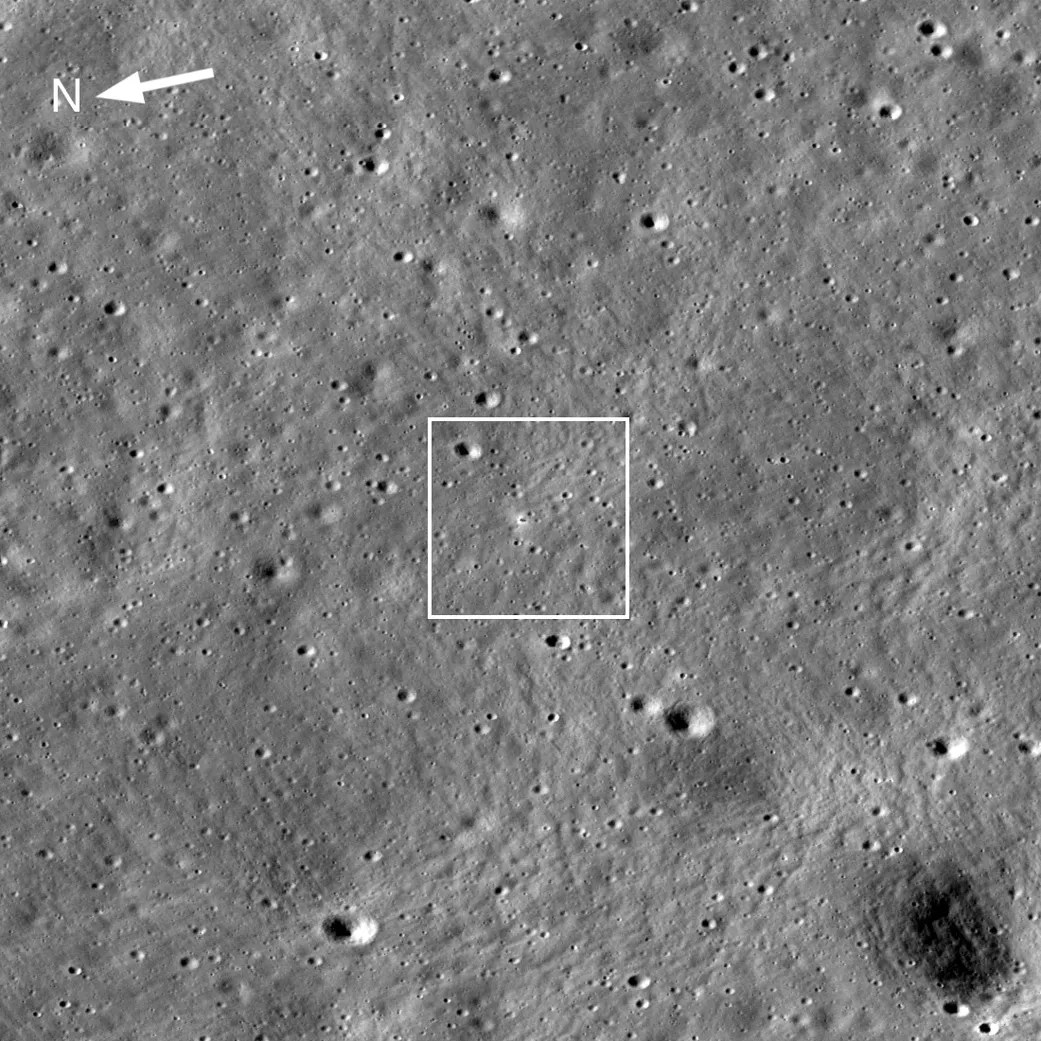NASA’s Lunar Reconnaissance Orbiter continues to do some great work. The latest development from the LRO comes in the form of a test of the orbiter’s laser instrument, which has showcased how easily NASA can use a laser ping to locate and even track objects on the lunar surface.
To test just how effective this process might be, NASA says it pointed the laser altimeter instrument on the LRO toward a cookie-sized device on the Indian Space Research Organization’s (ISRO) Vikram lander, which was part of India’s successful Chandrayaan-3 mission last year. By pinging the object successfully, NASA was able to locate the tiny instrument amid the grayscale of the lunar surface.
The test relied on Vikram’s device reflecting the light back, and NASA scientists watching along were not disappointed when it did. The result, of course, is very similar to the light reflection signals we’ve seen sometimes in movies, where people will use something like a mirror or glass to create a glare that can be seen from far off.

We already use a similar method to track Earth-orbiting satellites from the ground. Essentially, the way these laser pings work is NASA sends a laser pulse out toward the object, and then the scientists wait to measure how long it takes the light from the pulse to reflect back at them. Now, this particular method kind of reverses that, as the laser was sent from space down to the lunar surface.
The next step from here is to improve the technique, NASA members say. That will allow them to use it as a routine part of future missions so that they can keep track of various spacecraft on the surface of planets. It’s not the most advanced method by any means. Obviously, being able to track things via GPS or something would probably be more efficient. But space is a weird place sometimes, and working with signals like that isn’t easy with all the radiation that is out there.
As such, this laser ping system is a groundbreaking way to keep track of objects we have on other planets. And NASA has shown that it can work in more than one way.








